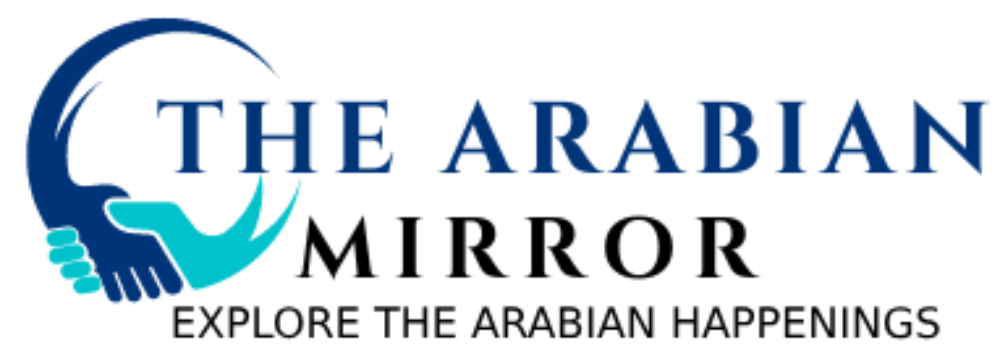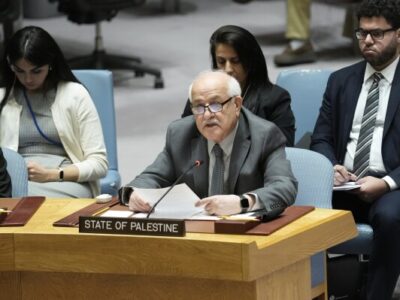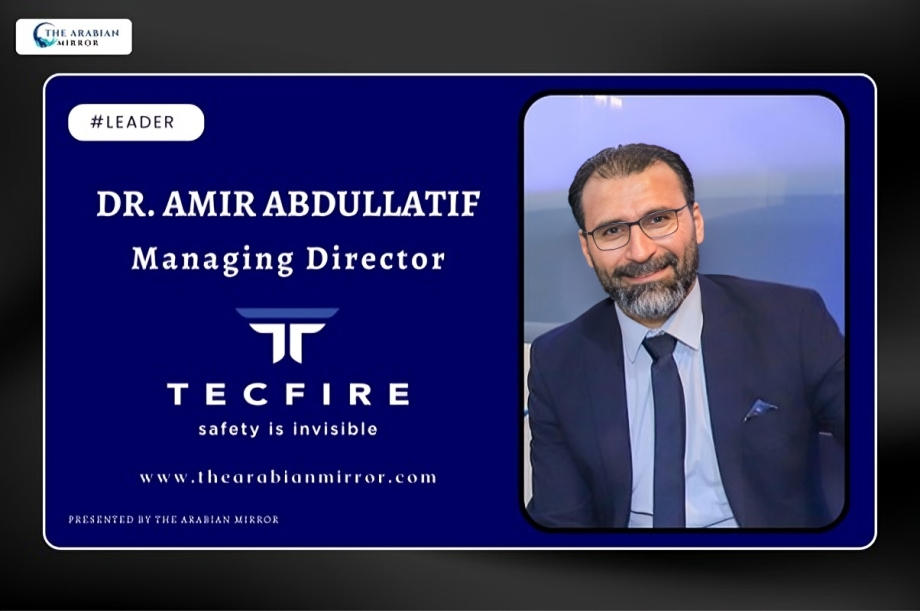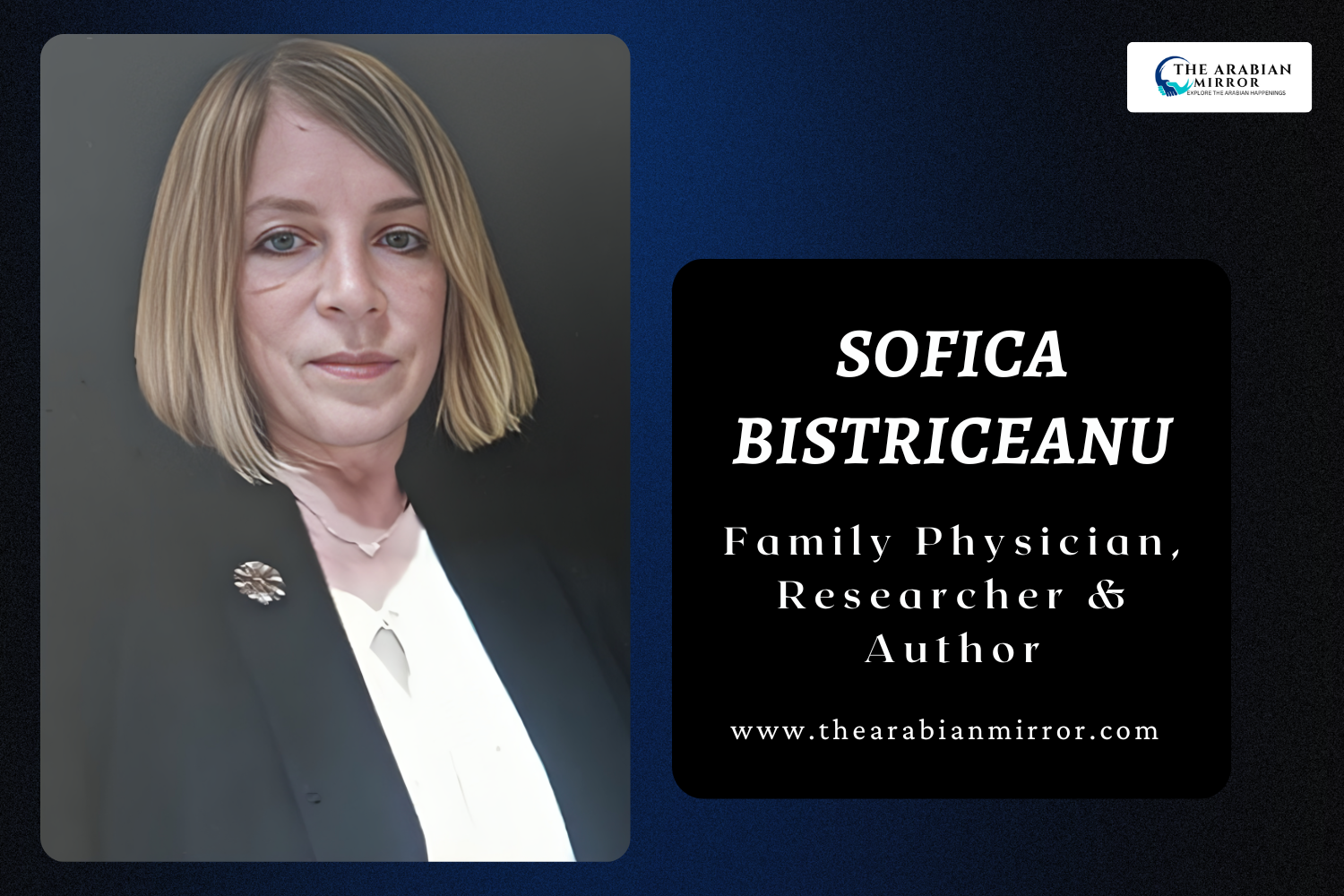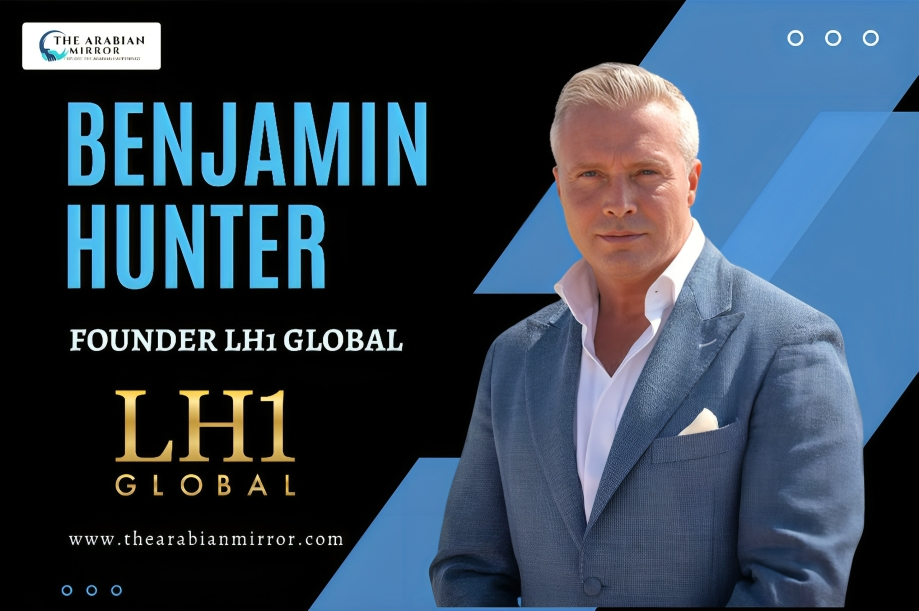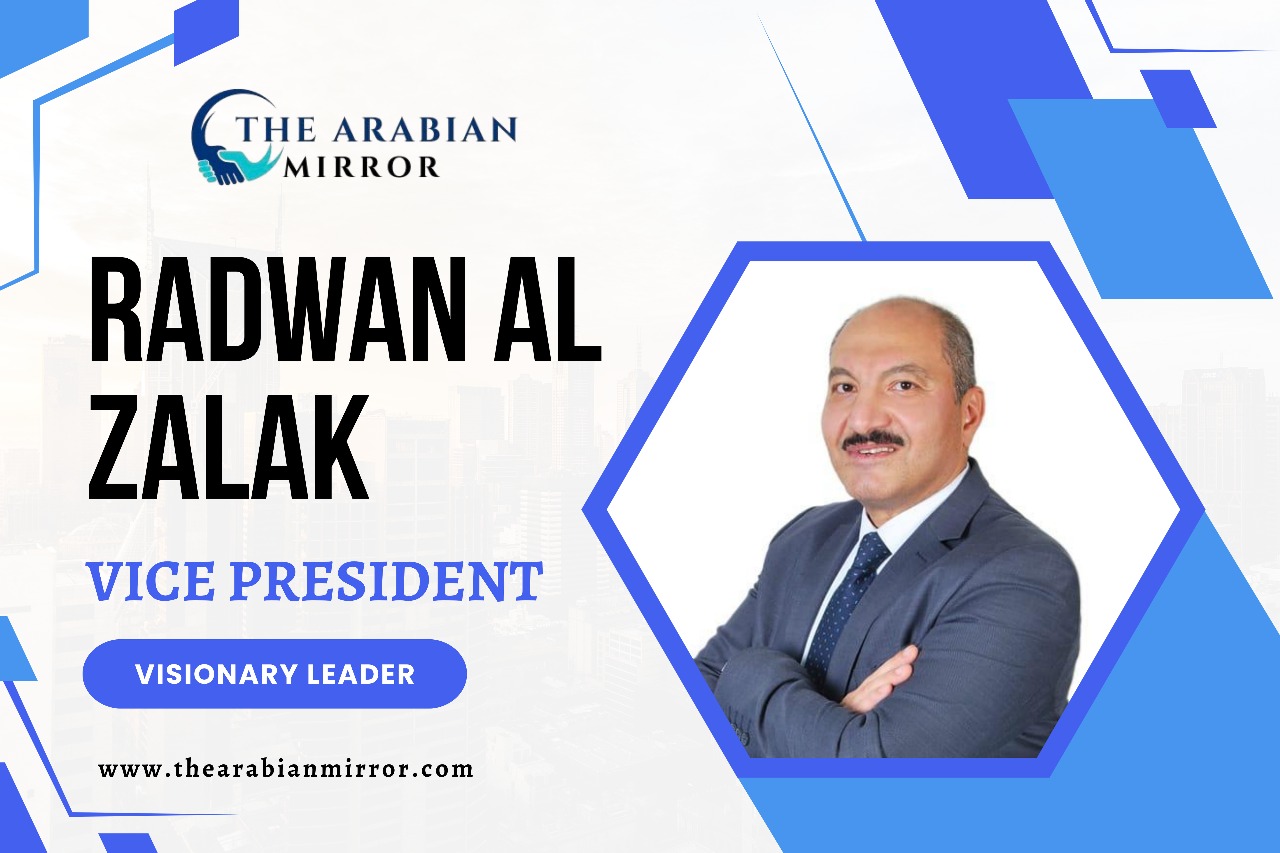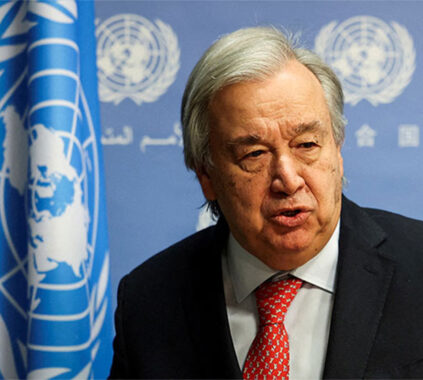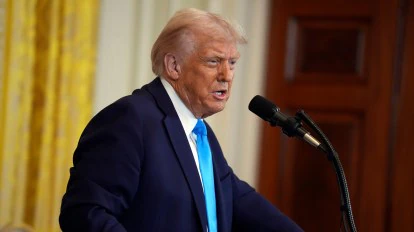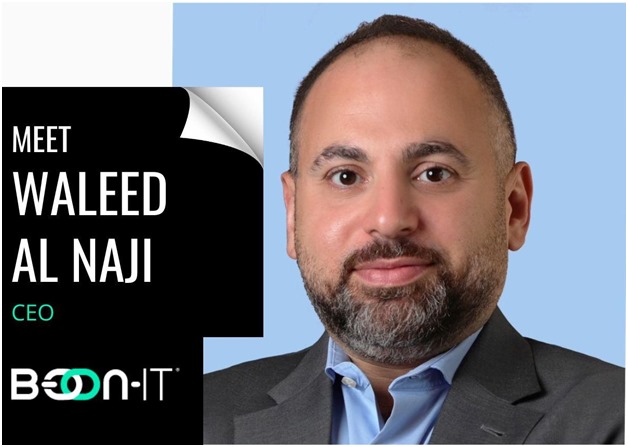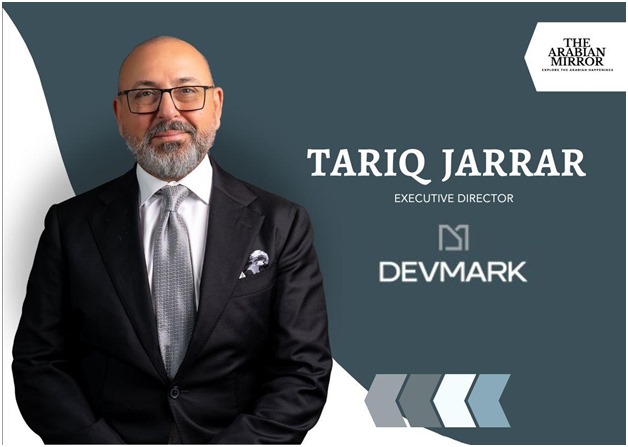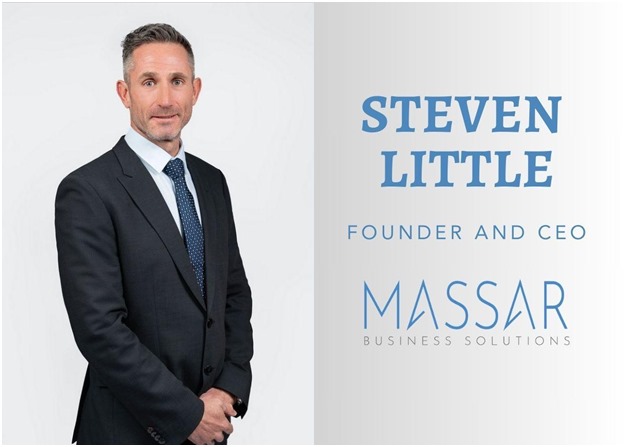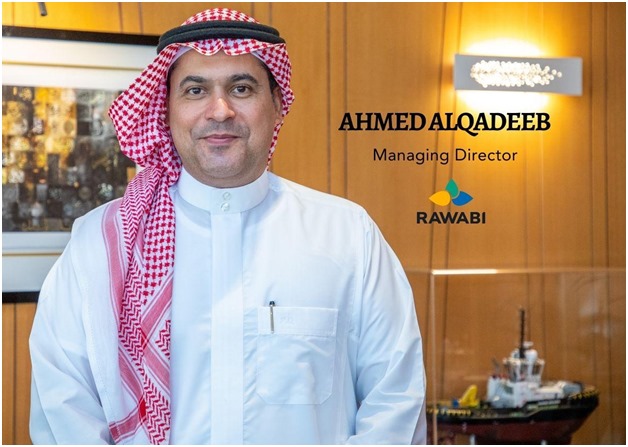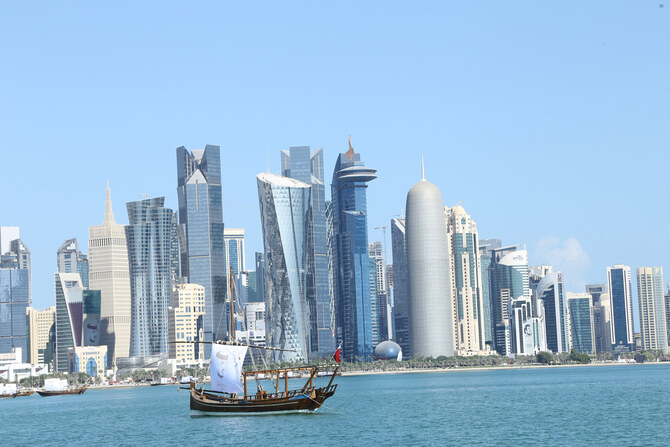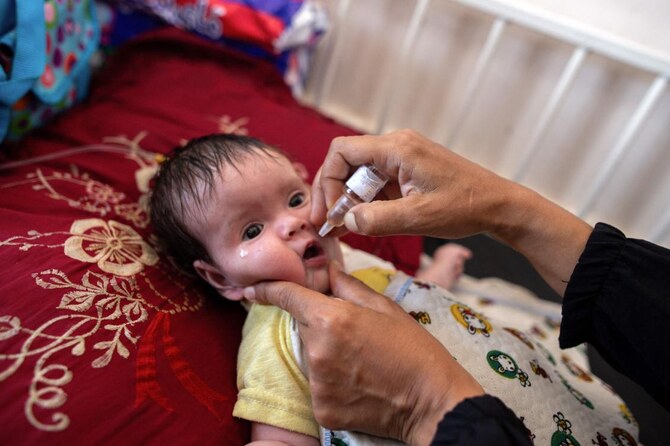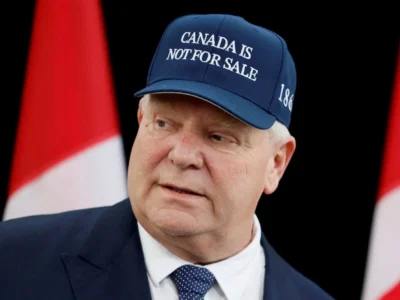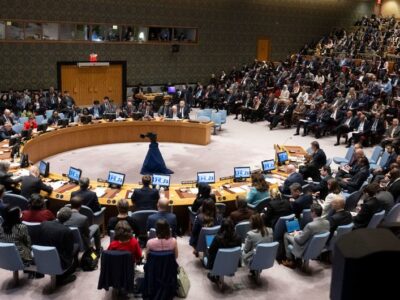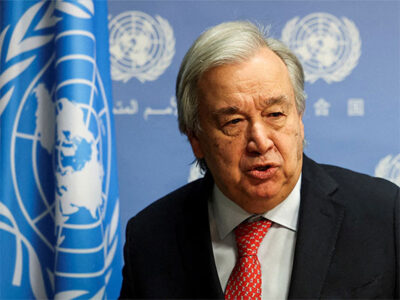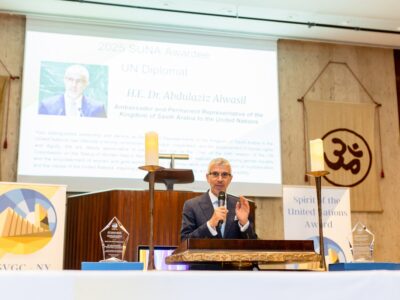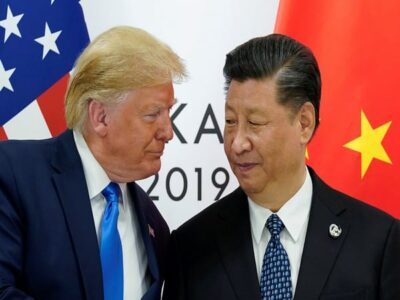As the sovereign investor relies on an “excellent filtration process to screen agreements and broaden its influence beyond financial returns, the governor of the Public Investment Fund stated that Saudi Arabia’s economic revolution “could be greater” than what China accomplished in the 1980s, 1990s, and early 2000s.
Yasir Al-Rumayyan, who spoke Monday at the Economic Club in Washington, said that PIF’s average internal rate return increased from less than 2% prior to 2015 to around 7.2% following a strategic reset that started when Prince Mohammed bin Salman was appointed board chairman.
With a year-end target of $1.075 trillion and an ambition of at least $2 trillion in 2030, with “a good chance” of achieving $3 trillion, he stated that the assets under administration are “roughly” between $925 billion and $945 billion.
According to Al-Rumayyan, PIF is “more proactive rather than reactive” in generating possibilities, and its current 2021–25 plan identifies 13 industries both locally and globally. The strategy includes financial assets “across different asset classes” as well as brownfield and greenfield properties.
To extend its goals through 2030 and beyond, he continued, PIF will reveal its next five-year strategy “in the coming months.” Al-Rumayyan stated that returns are just one component of PIF’s investment matrix, adding that the fund also considers diversification away from oil, GDP contribution, employment creation, and local content.
Also Read:
Delivering Excellence in the Property and Investment Landscape: Benjamin Hunter
Driving Excellence and Transformation in the Pharma Landscape: Radwan Shaker Al-Zalak
